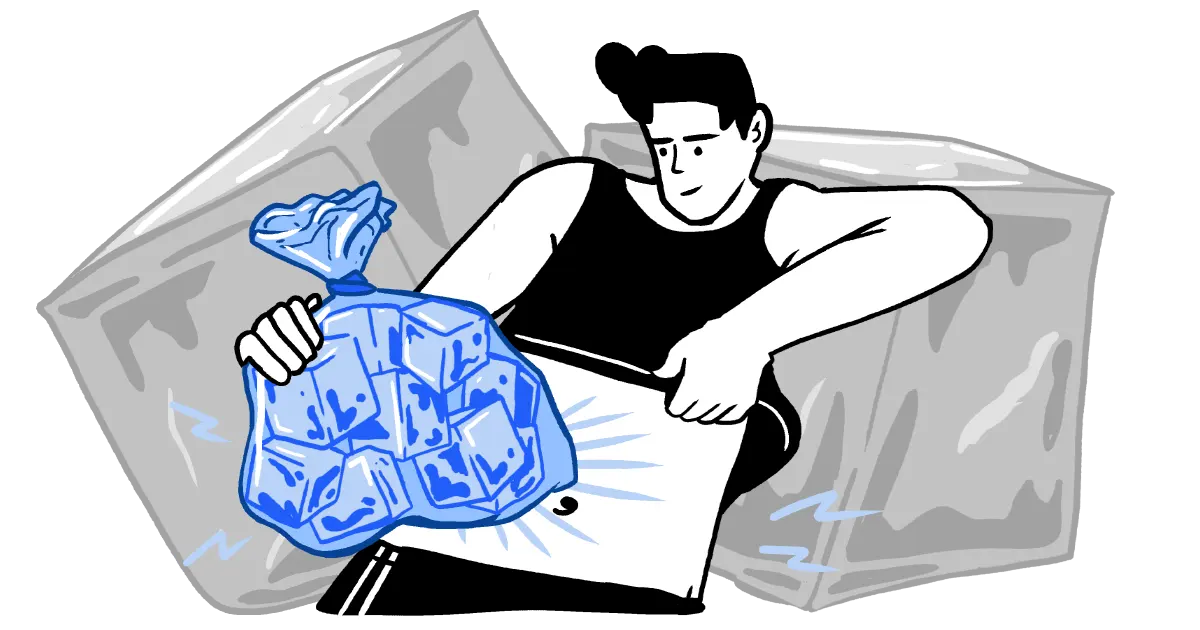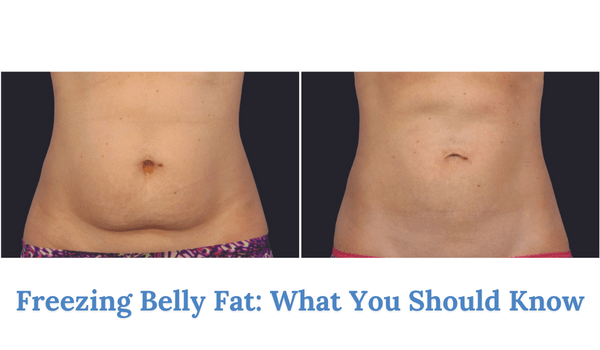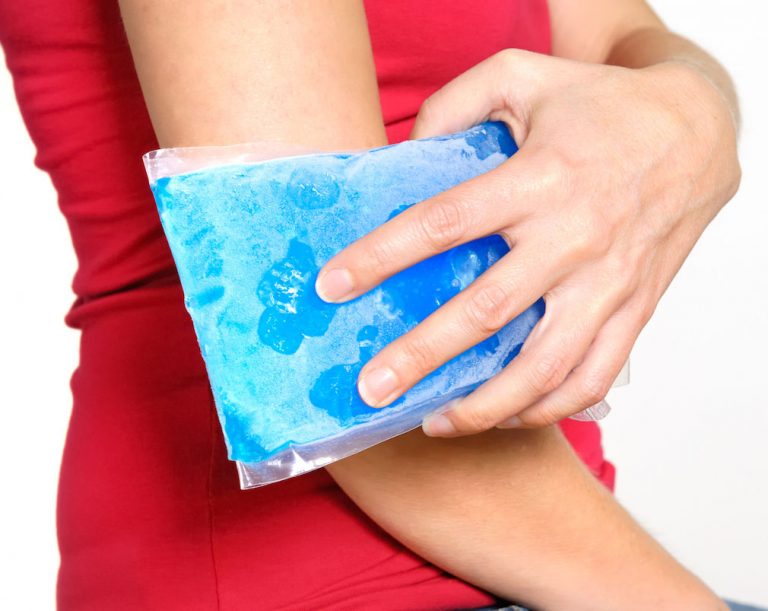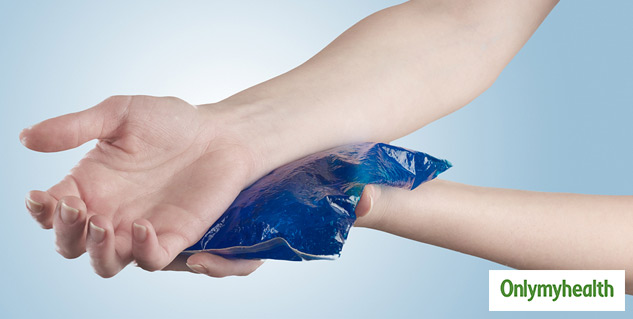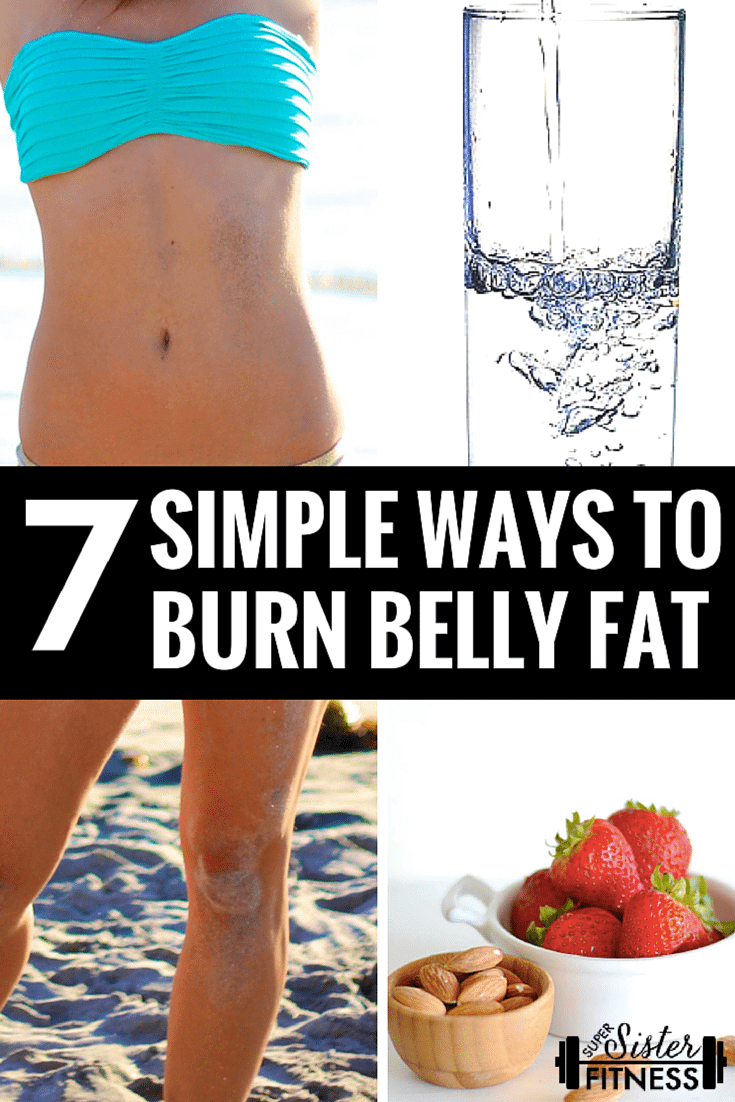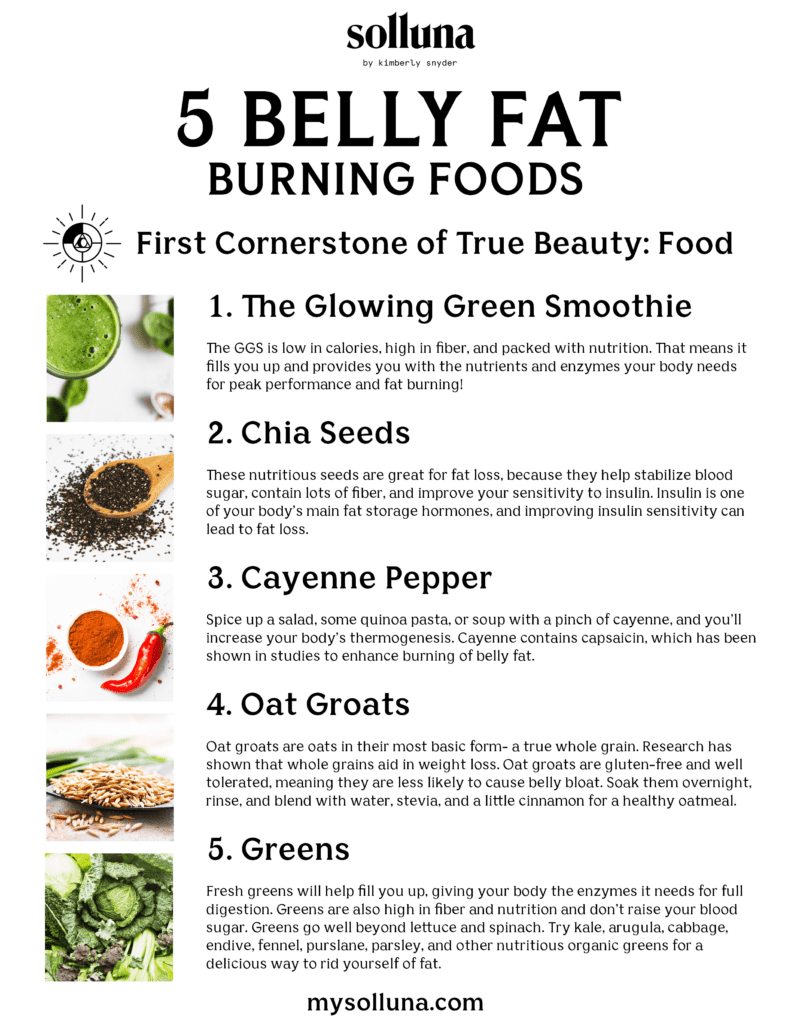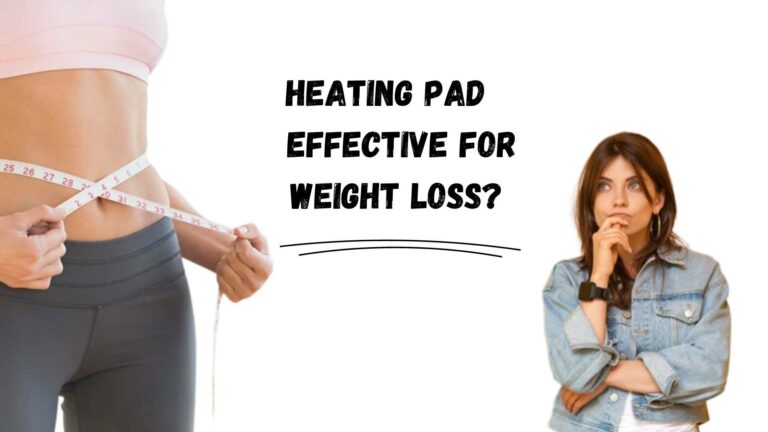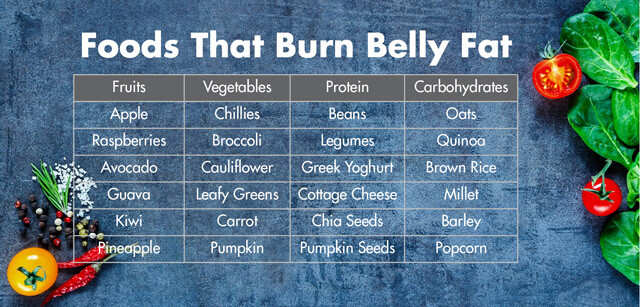Does Putting Ice On Your Stomach Burn Fat
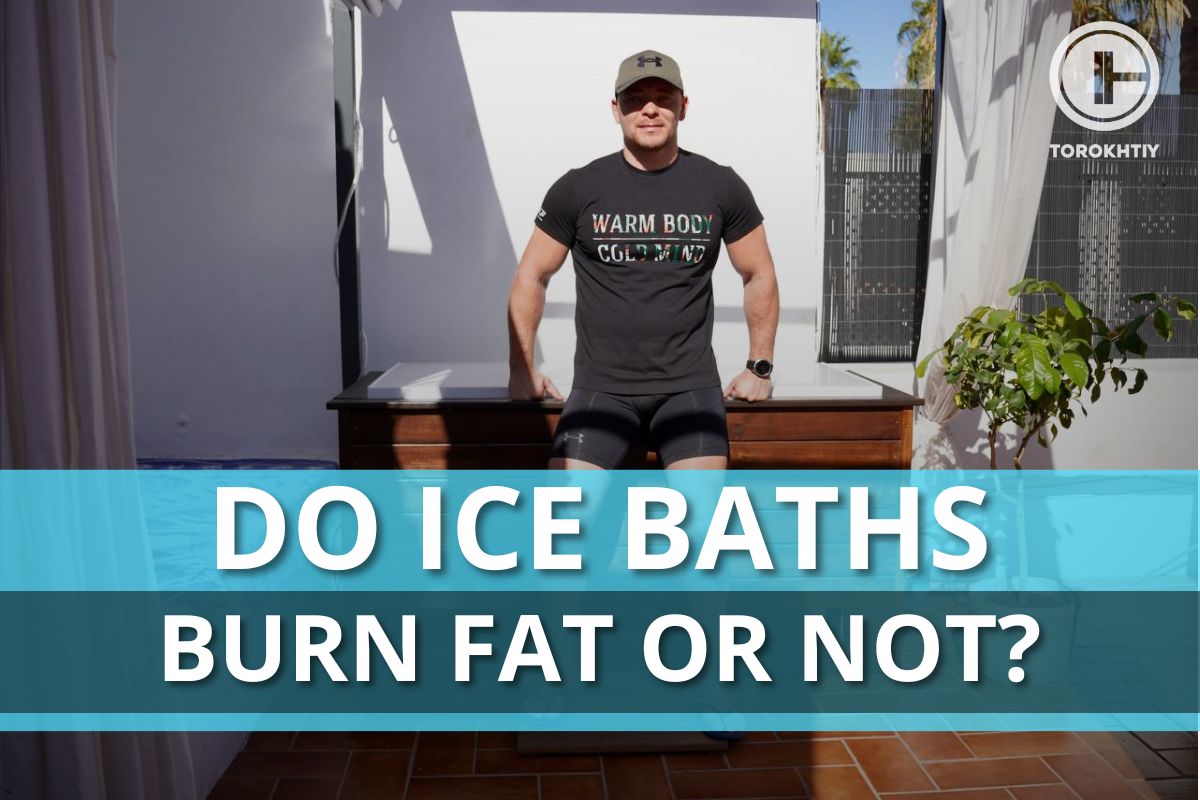
The internet is awash with claims of quick fixes and miracle solutions for weight loss, and the latest trend to gain traction involves using ice packs on the stomach to burn fat. But does this method, often touted as a form of "cold thermogenesis," actually deliver on its promises, or is it just another fleeting fad?
This article will explore the science, or lack thereof, behind using ice on the stomach for fat loss. We'll delve into what experts and research have to say about the effectiveness and potential risks of this practice.
The Claim: Cold Thermogenesis and Fat Burning
The idea behind using ice packs for fat loss centers around the concept of cold thermogenesis. This process involves exposing the body to cold temperatures, which, in theory, forces it to burn more energy to maintain its core temperature. This increased energy expenditure is then hypothesized to lead to fat loss.
Proponents of this method suggest that applying ice packs to the stomach can target brown adipose tissue (BAT), also known as brown fat. Unlike white fat, which stores energy, brown fat burns energy to produce heat. The hope is that cold exposure will activate BAT and thus accelerate weight loss.
What the Experts Say
However, the scientific community remains largely skeptical about the effectiveness of using ice packs for significant fat loss. Dr. Sarah Johnson, a registered dietitian and obesity specialist, explains that while cold exposure can indeed activate brown fat, the amount of energy burned is minimal.
"The amount of brown fat a person has varies greatly, and even in individuals with a higher amount, the energy expenditure from cold exposure is unlikely to make a significant impact on overall weight loss," Dr. Johnson stated.
Moreover, the effect is largely localized. A study published in the American Journal of Clinical Nutrition found that cold exposure did increase energy expenditure but that the increase was not substantial enough to result in meaningful weight loss on its own.
The Reality: Limited Scientific Evidence
The existing research on cold thermogenesis and fat loss is primarily conducted in laboratory settings under controlled conditions. These studies often involve whole-body cold exposure, such as cold water immersion, rather than localized application of ice packs.
Additionally, many studies are performed on animals or small groups of people, making it difficult to generalize the findings to the broader population. The long-term effects and potential risks of repeated cold exposure are also not fully understood.
Furthermore, the application of ice packs to the stomach may trigger a shivering response, which burns calories. However, this shivering is a temporary reaction and doesn't equate to sustainable fat loss. Dr. David Lee, an endocrinologist at the Mayo Clinic, cautions that relying solely on cold exposure for weight loss is misguided.
Potential Risks and Considerations
While applying ice packs to the stomach might seem harmless, it's important to be aware of the potential risks. Prolonged exposure to cold can lead to frostbite, nerve damage, and skin irritation. Individuals with certain medical conditions, such as circulatory problems or Raynaud's phenomenon, should avoid this practice altogether.
It's also crucial to remember that weight loss is a complex process that depends on a variety of factors, including genetics, diet, exercise, and overall lifestyle. Relying on a single method, such as applying ice packs, is unlikely to yield sustainable results.
Dr. Emily Carter, a professor of kinesiology at the University of California, emphasizes the importance of a holistic approach to weight management. "A balanced diet, regular physical activity, and adequate sleep are the cornerstones of successful and sustainable weight loss. There is no magic bullet or quick fix."
The Verdict: Not a Reliable Weight Loss Strategy
In conclusion, while the idea of using ice packs on the stomach to burn fat might sound appealing, the scientific evidence supporting its effectiveness is limited. The potential for significant fat loss through this method is low, and there are potential risks associated with prolonged cold exposure.
Instead of relying on unproven methods, individuals seeking to lose weight should focus on evidence-based strategies, such as adopting a healthy diet and engaging in regular physical activity. Consulting with a healthcare professional or registered dietitian is also recommended to develop a personalized weight loss plan that is safe and effective. Sustainable weight loss requires a lifestyle change, not a quick fix.
Ultimately, the claim that putting ice on your stomach burns fat is largely unfounded. The focus should remain on established methods backed by scientific research for achieving long-term health and wellness.

